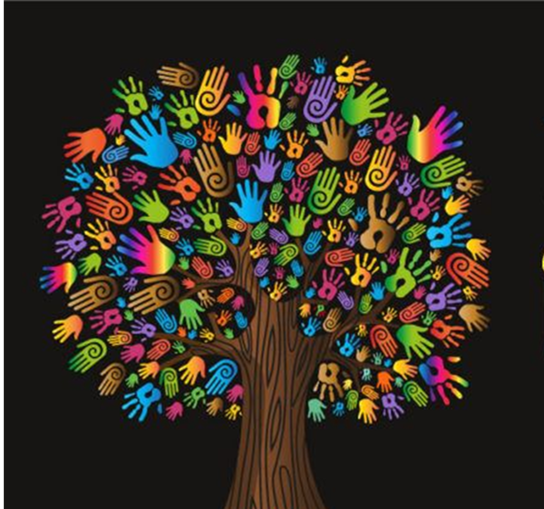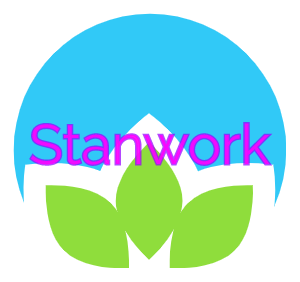DIVERSITY EQUITY INCLUSION

DIVERSITY includes characteristics of race, age, color, ethnicity, gender, sexual orientation, gender identity, gender expression, religion, national origin, migratory status, disability/abilities, political affiliation, veteran status and socioeconomic background. It also includes differences in backgrounds, ideas, thought, values and beliefs.
EQUITY requires the provision of justice, fairness and access to opportunities and resources for all.
INCLUSIVITY is to respect everyone, value differences, acknowledge the impact of differences and to capitalize on those differences by drawing on individual strengths that produce innovative solutions. Each individual feels valued, supported and inspired to achieve individual and common goals.
Key Considerations for Diversity, Equity and Inclusion (DEI) Program Design

- Ensuring first of all diversity in the workforce with social, ethnic and gender balance.
- Aiming for fair economic and social treatment of workers:
- Equal, and as possible, equitable access to opportunities for growth and advancement,
- Wages providing disposable income beyond just basic subsistence of food and rent.
- Investment in employee skills development for upward mobility.
- Ensuring incorporation of DEI into the culture and operations of the organization, extending into its ecosystem as far as possible.
- Creating products and services that make a positive contribution to the community and to society at large.
- Employees, Investors, Suppliers and Customers are all stakeholders now placing importance upon the socioeconomic stances of the organization as much as its brands – DEI programs demonstrate the stance.

Steps in Implementing a DEI Program
- Establish leadership, executive sponsorship and Diversity Committee
- Determine vision, business case and expected outcomes
- Assess needs, determine priorities and expected outcomes
- Employ required resources, deliver training, communicate process and seek feedback
- Evaluate change, acknowledge progress, determine obstacles and communicate findings
- Incorporate success into organizational structure, processes and plans
The Stanwork Group is resourced to support clients through the full cycle.
